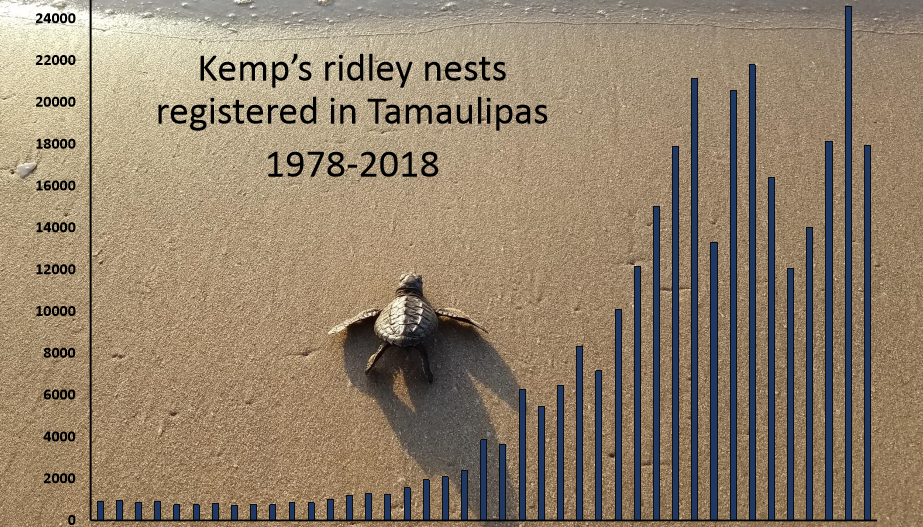Special Report: The Arribada- The Kemp's Ridley Sea Turtles Recovery from the Brink
Related Story
RANCHO NUEVO, TAMAULIPAS – An iconic Gulf Coast animal has a long road to recovery – not long ago, it nearly went extinct.
The Kemp's ridley sea turtle is declared endangered in the U.S.
It is no stranger to the Texas coast; nesting mothers sometimes land on South Padre Island.
Just five hours south of the border, their major nesting arrival happens every summer.
It's been 70 years since the Kemp’s ridley sea turtle was first noticed by the outside world.
Since that time, the species has endured hunting, loss of habitat and declines from a major oil spill.
It still hasn't recovered to its numbers from when it was first seen.
KRGV’s Christian von Preysing visited the nesting site for nearly the entire species in Rancho Nuevo, Tamaulipas.
Over the course of several days, thousands of nesting females land in the area – the phenomenon is called the arribada locally.
This past season, 72 percent of the nests laid by the entire species were on the 18-mile beach in this remote part of the Mexican Gulf Coast.
At its height, the arribada brings clusters of females on the beach, as far as the eye can see.
Conservation staff are working to reverse the trend.
People in the local communities used to hunt the mothers and the eggs during the arribada season.
Now, many biologists and staff who work at the Rancho Nuevo conservation camp are from the nearby area.
The Mexican government prohibits harvesting and is working to increase the population by providing more law enforcement presence, according to the U.S. Fish and Wildlife Service.
In 1978, the U.S. and Mexico agreed to send teams to Rancho Nuevo to cooperate, document, research and improve the odds of the sea turtle hatchlings’ survival. Research efforts continue at the site.
"The turtle is very resilient and the people that have been working for the turtle are also very resilient and very stubborn because they will not give up. We will not give up," explains Jaime Pena, Curator of Conservation Programs for Gladys Porter Zoo.
The international project is led by the Comisión Nacional de Áreas Naturales Protegida (CONANP), Mexico’s commission on natural areas, which directs the team from the U.S.
For the 2018 season, the teams registered 17,945 nests and released 828,462 hatchlings into the Gulf of Mexico.
The number of nests decreased 27 percent from 2017.
The 2017 season was also the best year reported by the team.
The teams continue working to ensure the species' survival.
Watch the video above for the full report.

Photo: Courtesy of Gladys Porter Zoo




